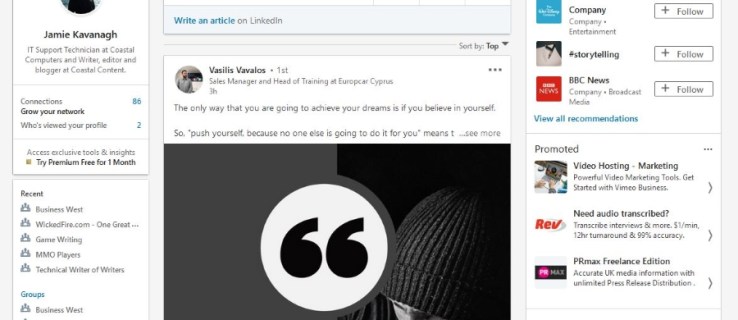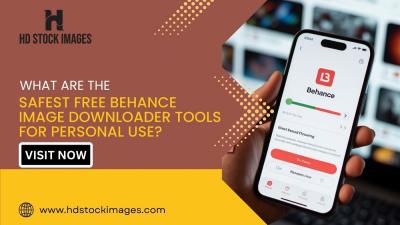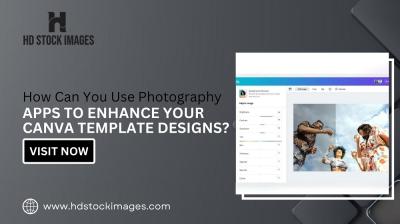In today's fast-paced professional world, networking is crucial, and LinkedIn has become a go-to platform for connecting with others. However, one common question many users have is, "Did my LinkedIn message get read?" Understanding the nuances of
Understanding LinkedIn Messaging Features
LinkedIn messaging is a valuable tool for professionals looking to build connections, follow up on leads, or simply engage with their network. But to make the most of it, you need to know what features are available to you:
- Read Receipts: One of the most talked-about features in messaging is the read receipt. If activated, this feature allows you to see when the recipient has opened your message. However, it's important to note that not all users keep read receipts enabled, and you may not always receive this information.
- Message Status: LinkedIn offers a simple status indicator: when a message is sent, it shows a single checkmark, and when it’s read, it shows a second checkmark. Keep in mind that even if the double checkmark appears, it doesn’t necessarily mean the recipient has read the message in that moment; they may just have it opened in another tab.
- Typing Indicators: If you’re connected with someone and they’re actively typing a response to you, you’ll see a “typing…” notification. This can be a clear sign that they are engaged with the conversation.
- Message Filters: LinkedIn allows you to filter messages to help manage your inbox better. You can categorize conversations, making it easier to track your communication history.
Understanding these features can not only help you in managing your messages but also in gauging the interest and responsiveness of your connections, ultimately enhancing your networking experience on LinkedIn.
3. Indicators of Message Read Status
Understanding whether your LinkedIn message has been read can feel like navigating through a foggy forest. Fortunately, there are a few indicators that can help you figure this out!
While LinkedIn doesn't provide a direct read receipt feature for messages, here are some subtle signs that might suggest your recipient has at least glanced at your message:
- Profile Picture Update: Sometimes, when people read messages, they tend to check out your profile too. If you notice your profile views spike, it could mean your message caught their eye.
- Active Engagement: If your recipient suddenly starts engaging with your posts or likes comments that relate to your message, it’s a solid sign they’ve read it.
- Connection Requests and Replies: If they send you a connection request or respond to your message after a few days, this might hint that they read your message but took some time to gather their thoughts.
Remember, there’s no surefire way to know unless they explicitly tell you. But these indicators can provide enough context to help you gauge your chances of receiving a reply.
4. Using Follow-Up Messages Effectively
So, you've sent a LinkedIn message, but days have gone by, and you're still waiting for a response. Don’t despair! Follow-up messages can be your best friend in this scenario. Here’s how to use them effectively.
First, timing is everything. Waiting about a week before sending a follow-up is usually a good rule of thumb. This gives your recipient enough time to read your initial message without feeling rushed. Here’s a simple format you can follow for your follow-up:
| Follow-Up Component | Purpose |
|---|---|
| Friendly Reminder | Softly nudge them regarding your previous message without being pushy. |
| Value Addition | Include a piece of insightful content that relates to your last discussion—an article, infographic, or statistic. This shows you care and are knowledgeable. |
| Open-Ended Question | Encourage dialogue by asking a question that invites them to share their thoughts or opinions. |
Lastly, keep your tone light and conversational. A little humor or friendly language can go a long way! Following up shouldn’t feel like a chore; instead, think of it as an opportunity to reconnect.
5. Best Practices for LinkedIn Communication
When it comes to communicating on LinkedIn, a platform primarily designed for professionals, having a solid strategy can significantly enhance your interactions. Here are some essential best practices to consider:
- Be Clear and Concise: People receive countless messages daily. Make sure your messages are direct and to-the-point. A clear subject line and a straightforward message can grab attention quickly.
- Personalize Your Messages: Avoid sending generic messages. Tailoring your communication to the recipient shows that you value their background or input, making them more likely to engage.
- Establish a Purpose: Whether you're seeking advice, networking, or discussing a potential job opportunity, having a clear purpose can guide your conversation. Always state what you’re hoping to achieve from the interaction.
- Follow-Up Tactfully: If you don’t get a response, don’t lose hope. A gentle follow-up after a week or so can remind them of your message without coming off as too pushy.
- Be Mindful of Tone: Writing without facial expressions can lead to misinterpretation. Use appropriate language that communicates your tone clearly. Emojis can be helpful, but use them sparingly and appropriately!
- Engage with Their Content: Before reaching out, engage with the person’s posts or articles. Commenting on their work can lead to a more natural conversation and shows genuine interest.
By incorporating these best practices into your LinkedIn communication strategy, you’re not just sending messages; you’re building relationships that can be invaluable over time!
6. Conclusion
In the fast-paced digital world, knowing whether your LinkedIn message was read is just one small piece of the puzzle. While LinkedIn doesn’t provide a direct way to confirm message reading status, understanding the nuances of communication on this platform can lead to more meaningful interactions.
Remember that effective communication is about building relationships. Take the time to personalize your messages, establish a clear purpose, and follow up when necessary. And while it’s tempting to focus on whether your message has been read, consider channeling that energy into creating authentic connections instead.
Ultimately, your goal should be to engage with others genuinely. This mindset shifts your focus from seeking validation on read receipts to building a professional network that can help you achieve your goals.
So, as you continue to explore and navigate LinkedIn, remember: it’s not just about messages—it's about creating lasting connections that add value to your career. Happy networking!

 admin
admin








